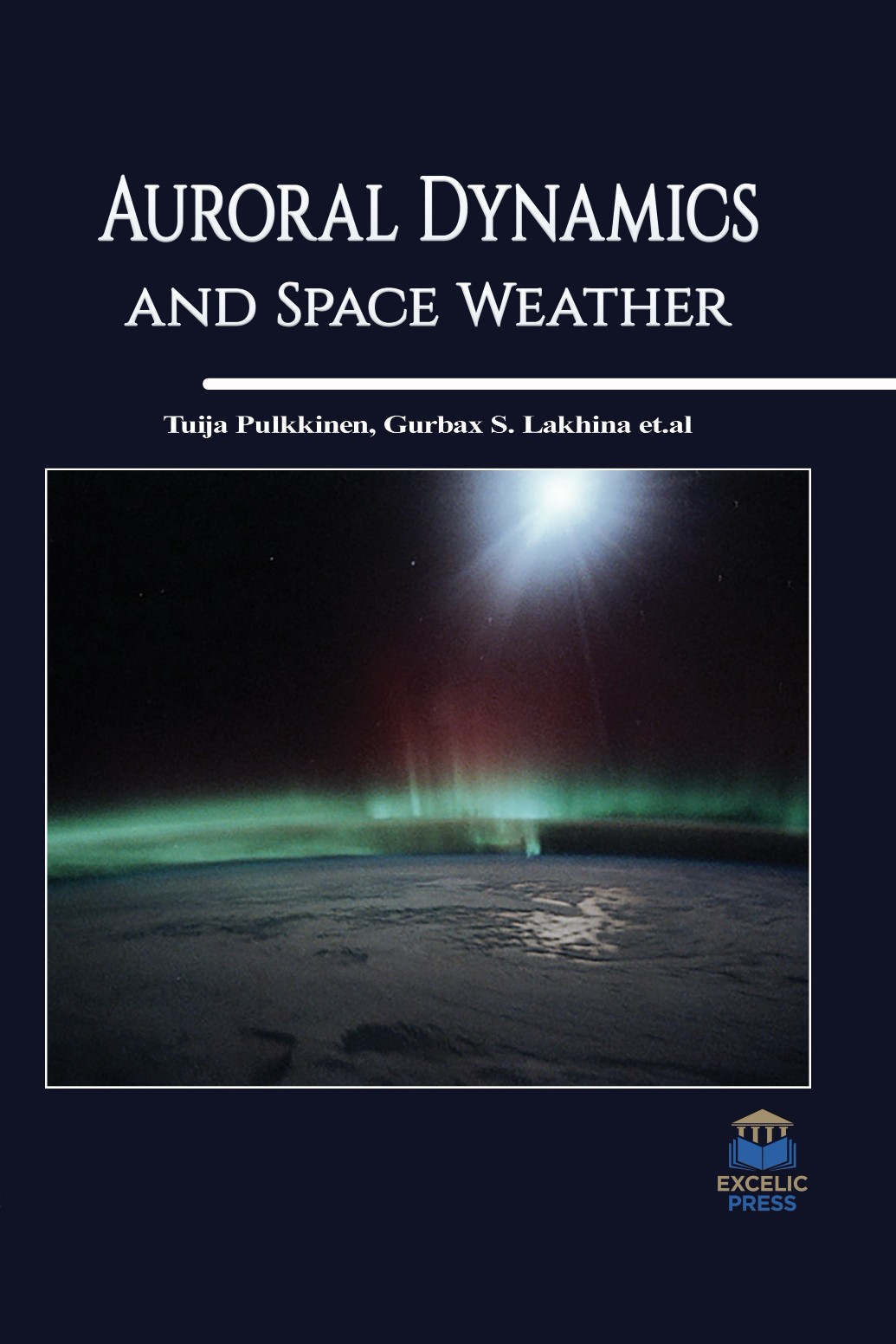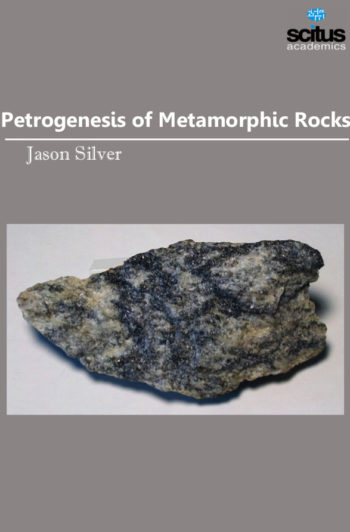Space weather is the physical and phenomenological state of natural space environments. The associated discipline aims, through observations, monitoring, analysis and modelling, at understanding and predicting the state of the Sun, the interplanetary and planetary environments, and the solar and non-solar driven perturbations that affect them, and also at forecasting and nowcasting the potential impacts on biological and technological systems.
Auroral activity is associated with variations in the geomagnetic field. During strong geomagnetic storms the amplitude of these variations can be even 4–5 % (2000 nT) of the strength of the main field in the Fennoscandian area (roughly 50 000 nT). Current trends in observing techniques and modeling and theoretical work have discovered new auroral phenomena, provided a better understanding of auroral dynamics, and have led to an enhanced capability for auroral forecasts. As the observing baseline decreases, the tomographic inverse problem becomes highly ill-conditioned; as the sampling rate increases, the signal-to-noise ratio degrades and synchronization requirements become increasingly critical.
This novel edition provides cutting edge research and reviews contributed by world-wide authors and researchers to understand the overall aspects associated with dynamics of aurora and its various phases. The aim of this work is not to propose new methodologies, but to combine existing theoretical and experimental approaches in order to characterize the conformational dynamics of the activation loop of Aurora. Common volume measurements techniques of the aurora from multiple ground-based imagers used to reconstruct the wavelength-dependent ionospheric volume emission rate are also explored. Different limits of theoretical approaches used in this work are also recognized that can be suggestion for future work on this topic.
This edition will be of valuable for scientists, researchers, space weather operators, and students of Earth’s space environment.













